Virgil van Dijk claims he “wasn’t good enough” to play as a centre-back when he was 16, and “never stood out as a player” until he reached the under-19s at Willem II.
It is difficult to imagine, but as a teenager Van Dijk was an unremarkable player; good enough to make it to the academy at Willem II, but not their outstanding talent.
He did not appear set for the physically imposing frame he has now, as a 28-year-old, with his younger brother taller than him growing up, and a future as a right-back was outlined.
But a growth spurt at 17, and a swift rise to prominence in Tilburg, shaped him into a promising centre-back who would eventually establish himself at FC Groningen.
“During the summer I turned 17 I grew seven inches!” he told Guillem Balague in an interview for Sport.
“I struggled to run normally. My knee was a little unstable. I had problems with my groin. I needed rehabilitation work and was out for six weeks. It was like living in another body.
“After all that, I started to play well.
“At 16, I was a right-back and I wasn’t good enough to play as a centre-back.
“I never stood out as a player until I got to the U19s and was named captain. Sometimes I played as a full-back, other times in the middle.
“From there, everything got much better. I played for the U23s and everything accelerated.”

For a player like Van Dijk, to whom the game seems so effortless, to acknowledge his difficulty as a youngster is encouraging to those making their breakthroughs at a similar age.
Ki-Jana Hoever, for example, turned 18 in January and while he is beginning to fill out there is still clearly more physical development ahead of him, as is likely the case for Sepp van den Berg, who turns 19 in December.
It is a snapshot of the situation that many teenagers find themselves in when they make their initial forays into first-team football, or even under the increasing microscope of the academy.
For a young player to make an initial burst and then fade away is not uncommon, and it certainly should not consign them to failure either, as Van Dijk’s route to the top can attest.
His story highlights how difficult it is to identify a star of the future, too, with patience clearly required at youth level.
Van Dijk may well be fortunate to have been brought up in the relative anonymity of Willem II and Groningen, as the demands on young players in the Netherlands are certainly less intense than in England.





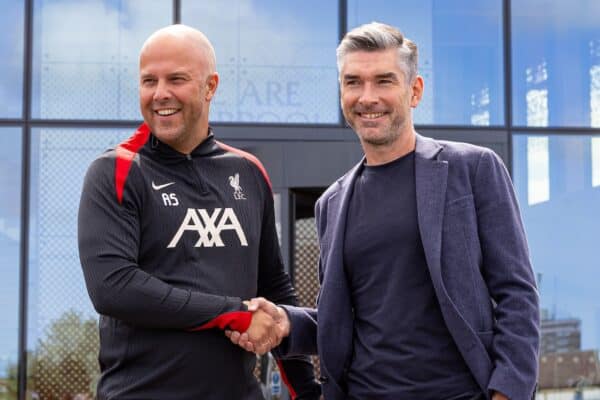

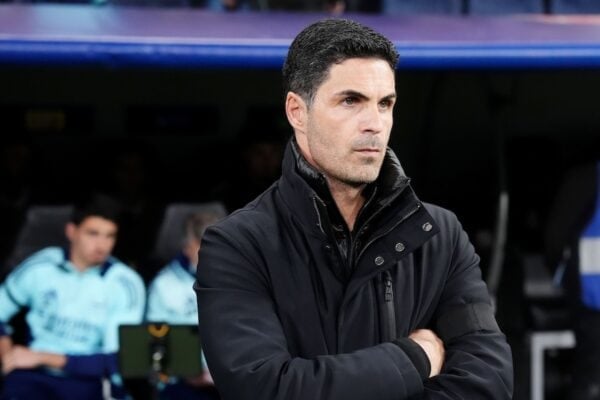

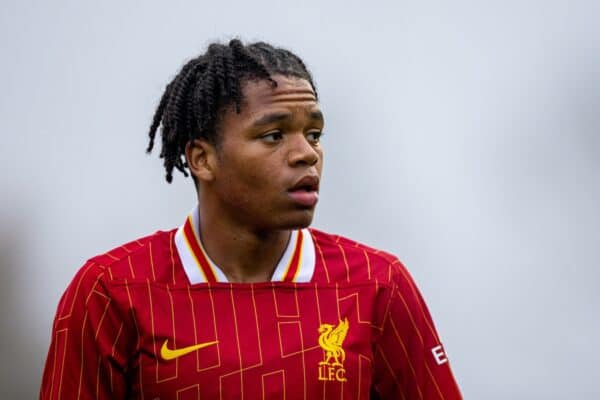
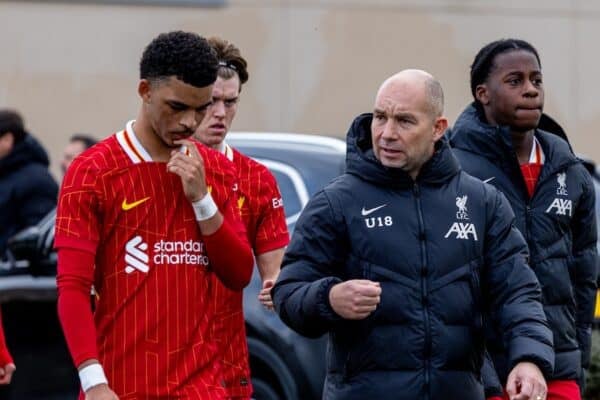

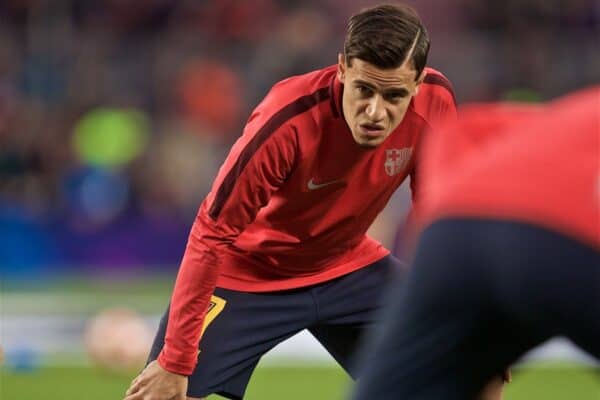
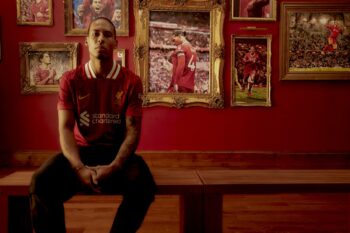





Fan Comments